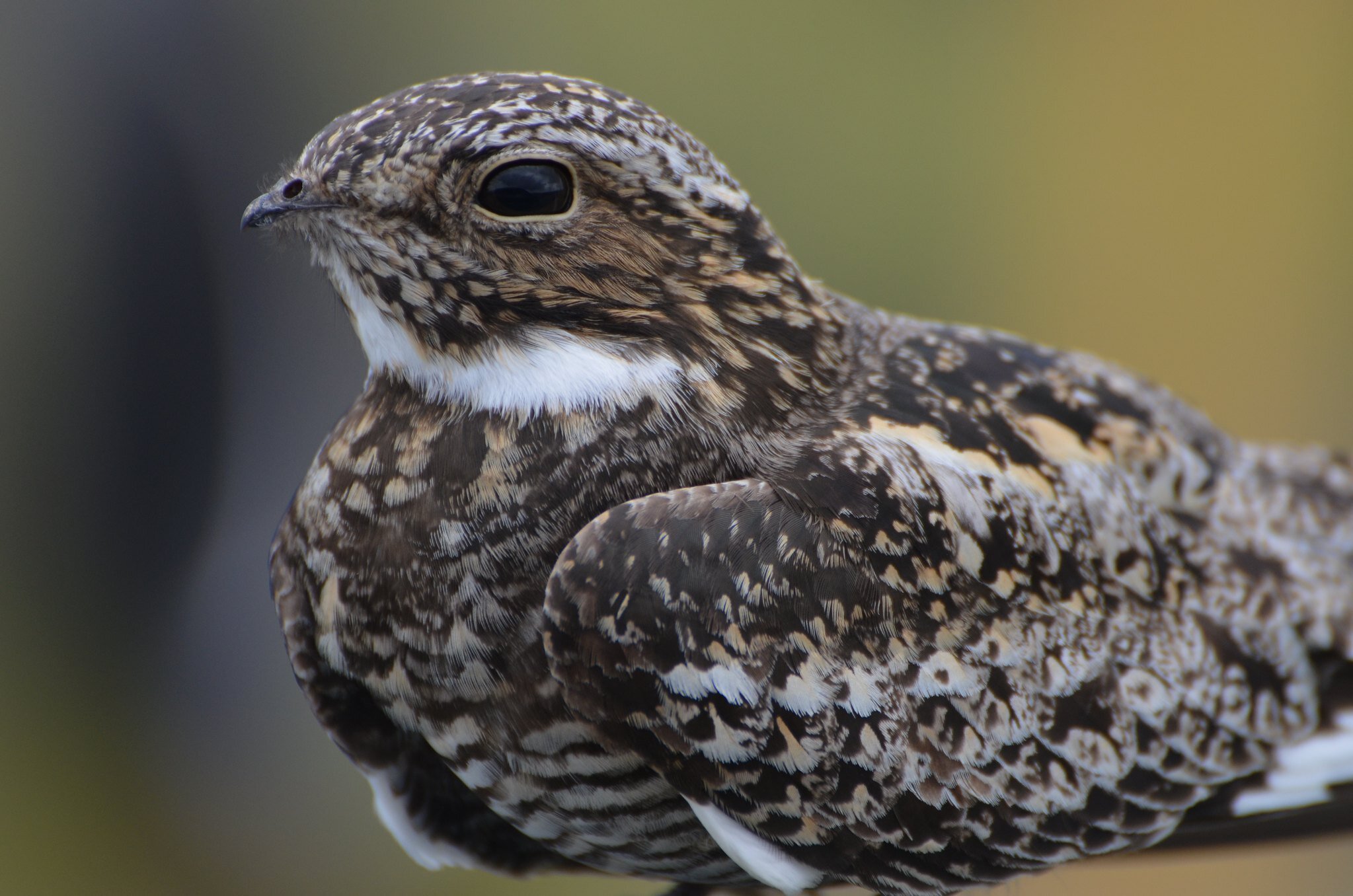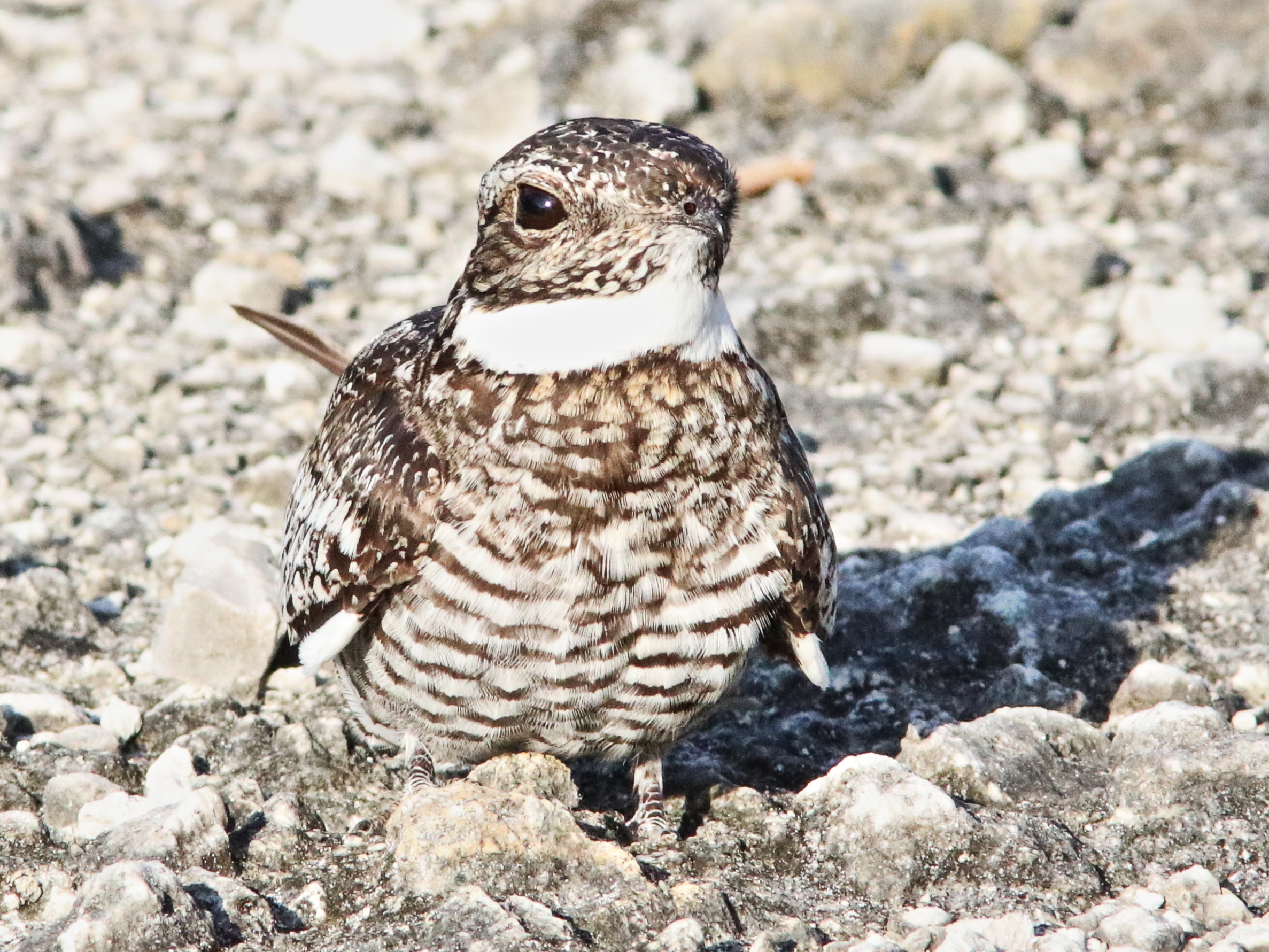Nighthawks are actually not hawks, but rather are in the Nightjar family along with whip-poor-wills. “Night”-hawks usually hunt at dawn and dusk and not all night. Nightjars are medium-sized crepuscular birds characterized by long wings, short legs, and very short bills.
Sam Robbins in his 1991 Wisconsin Birdlife wrote that “Nighthawks are abundant in fall migration. The late-August flights staged by this aerial acrobat are nothing short of spectacular.”
Hoy, a naturalist wrote in 1853 that “For two hours before dark, these birds formed one continuous flock moving south. They reminded me, by their vast numbers, of Passenger Pigeons.”
According to the North American Breeding Bird Survey common nighthawk populations declined over 60% between 1966 and 2014. Partners in Flight estimates the global breeding population at 16 million, with 88% breeding in the United States.
Across North America, threats include reduction in mosquitoes and other aerial insects due to pesticides, and habitat loss including open woods in rural areas and flat gravel rooftops in urban ones. Crows can prey on eggs and young on roofs, and we wonder how high temperatures impact the nests. Nighthawks are also vulnerable to being hit by cars as they forage over roads or roost on roadways at night.















